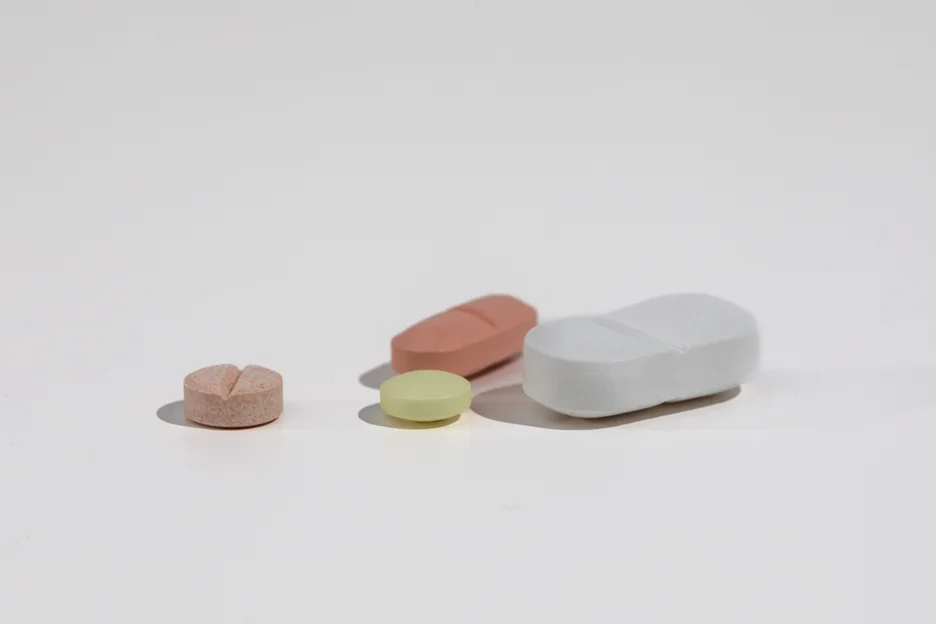How Remote Patient Monitoring Is Easing The Burden Of Healthcare Professionals
 Posted On
Posted On
Many arguments have been made against technology and the way it has impacted the world. One industry that has certainly benefited as a result of advanced technology is the healthcare industry. Without some of the advancements made over the course of history, the level of care that patients receive would be nowhere near what it is today. In fact, some unique methods of care are only possible as a result of the integration of technology in this industry. This post will detail one of those methods of care: remote patient monitoring.
This isn’t necessarily the newest practice within the healthcare industry, though it certainly has been particularly important while working throughout the pandemic response. Remote patient monitoring uses visual technology to allow healthcare professionals to oversee their patient’s health from outside their primary care facility. With the help of other technological devices, all of the important health elements of a patient can be tracked and safely transmitted to their health care provider. This data is then stored in a health care facility’s electronic health records where they can be referenced with ease.
While this method of care certainly has its limitations, there are a number of integral technologies that help maintain the highest level of attention that patients can receive while at their homes. The most common devices that connect to these remote patient monitoring systems are blood pressure cuffs, blood glucose monitors, spirometers for lung health and even water retention scales for heart disease patients. Not only do patients get a better understanding of how these devices work, they also become responsible for making sure the data these devices are collecting are being safely transmitted back to their health care facilities.
As previously mentioned, those remote patient monitoring has its limitations, it is a great strategy to help reduce the level of stress on medical professionals throughout these times. Not only that, patients also benefit from staying away from healthcare facilities housing COVID patients. The demand for quality care has only increased as a result of the recent pandemic, meaning healthcare professionals had to innovate and find a way to provide high quality care to those in need. With more and more people are being diagnosed with chronic conditions like diabetes, or heart disease, they’ll require full-time monitoring and plenty of doctor’s visits. In order to alleviate the time these patients would have to sacrifice for these visits, remote monitoring makes all the difference.
Perhaps the most important aspect of why this method of care is so successful is that insurance companies have begun providing coverage for remote patient monitoring. Understanding the impact that COVID has had on the space, these policies are what allow physicians to service patients despite their workload being full of COVID patients. With this method of care, not only are patients being taken care of, but physicians can receive the respite they so desperately deserve after working throughout the pandemic. Interested in learning more about how remote patient monitoring is improving the patient experience? Take a moment to consult the infographic included alongside this post. Courtesy of Pivot Point Consulting.
















